Trump aides want to hit Mexico, Canada with tariffs before talks
US officials expect the swift deployment of the “effective negotiating tool” of tariffs to prompt immediate response from neighbouring countries.
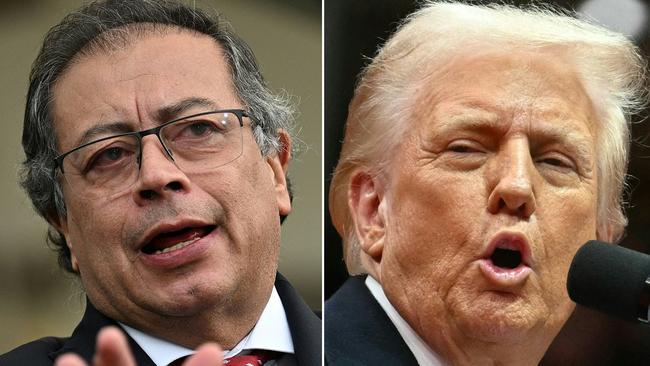
Momentum is growing among President Trump’s advisers to place 25 per cent tariffs on Mexico and Canada as soon as Saturday, bucking conventional wisdom in Washington and on Wall Street that he would back off the threatened levies as he has in the past in exchange for concessions.
Trump has shown a willingness to move swiftly on tariffs in recent days without allowing for drawn-out talks.
On Sunday, Trump announced he would impose 25 per cent “emergency” tariffs on Colombia because of its refusal to accept repatriation flights from the US.
A senior administration official said the decision proves that Trump views tariffs as an “effective negotiating tool” and “effective punishment” for nations that don’t hew to his agenda.
The president remains “very serious” about his threats to Mexico and Canada and expects them to co-operate, the official added.
This could be a wake-up call for investors and businesses.

Goldman Sachs told clients last week that there was only a 20 per cent chance that Trump would impose tariffs on Saturday, noting that he had made similar threats in the first term but didn’t always follow through.
But Trump is amenable to the tariffs-before-negotiations strategy, according to people familiar with the discussions, though no final decisions have been made.
Tariffs against Mexico and Canada would be the next salvos in a multifront trade war that Trump launched unexpectedly on Sunday with his Colombia duties.
He has also threatened to hit China, Denmark and a range of other European countries with tariffs, but he appears intent to turn his aim next on the US’s North American neighbours.
In a sign of how this approach might be sinking in, there is growing alarm in Mexico and Canada that their overtures to the new administration are falling flat, even as they move to comply with Trump’s demands.

Mexico has made strides to co-operate with Trump’s repatriation flights, the senior administration official acknowledged, accepting four flights in one day, and has reinstated the remain-in-Mexico policy for migrants while deploying its own national guard.
Still, the official insisted that the Mexican government hasn’t yet done enough to avoid tariffs, and wouldn’t specify which other steps it or the Canadian government would need to take to avoid new duties.
The tariff threats risk setting off a continental trade war.
Canada has been prepping a list of what it considers would be retaliatory trade moves if Trump acts first.
Some in Canada believe such a skirmish could tip their country into a recession if tariffs stay in place too long.
“He’s as serious as a heart attack,” said Sen. Kevin Cramer, (R., N.D.), a close Trump ally in the Senate.
The president has tangled with both countries before and doesn’t feel that Canada and Mexico are taking his threats seriously, some advisers said.
He wants to hit them with tariffs first to prove he isn’t bluffing, these people said, and to drive them to the negotiating table on a number of issues, from migration to drug smuggling and reforms to the US-Mexico-Canada Free Trade Agreement to encourage more manufacturing in the US.
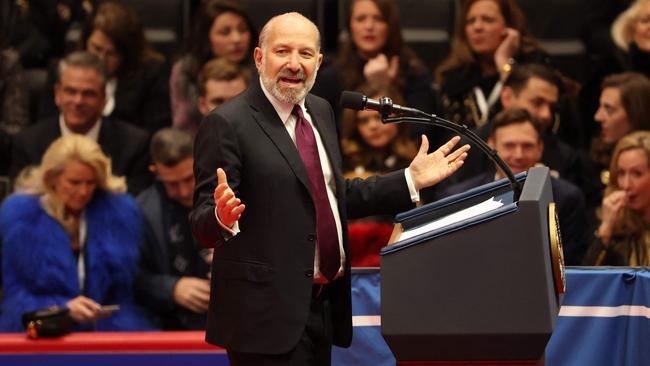
Trump on Friday reiterated his desire to make Canada the “51st state” – saying that would save them from any tariffs – and waved away any potential trade disruptions that could arise from increasing duties in February.
“We don’t need their cars. We don’t need their lumber,” Trump said of Canada.
“We don’t need their food products because we make the same products right on the other side of the border.”
The US imports billions of dollars worth of crude oil, lumber, passenger cars and bakery products from Canada.
Economists say that adding tariffs to those items will cause prices on many basic items to rise for US consumers.
Trump and his advisers believe it will bring in more revenue to the US and motivate more domestic manufacturing as well.
The US had a $64 billion trade deficit in goods with Canada in 2023, according to the Census Bureau, far below Trump’s claim, repeated on Friday, of a $200 billion deficit.
Protectionist advisers such as Commerce Secretary nominee Howard Lutnick and deputy chief of staff for policy Stephen Miller are advocating the tariff-first-talk-second approach, according to people familiar with the discussions.
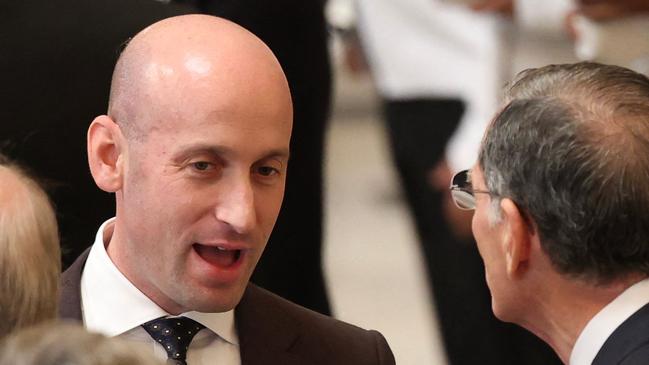
Tariffs on China, which Trump has threatened with additional 10 per cent levies, are likely to come after the initial action on Canada and Mexico, said the people familiar with the issue, emphasising that the situation remains fluid.
Other options are also in play, including announcing tariffs on February 1 but giving a grace period before they are implemented.
The tariffs-first approach may help explain why Canadian and Mexican officials have been frustrated in their attempts to reach out to Trump’s economic team – most of whom aren’t in office yet because they haven’t been confirmed by the Senate.
The trading partners are quietly expressing confusion and bewilderment, saying they aren’t even sure what Trump wants, particularly since they argue that Canada has taken action to address border security and Mexico has worked to stem migration into the US, two of Trump’s main irritants.
The Canadian government has been trying to reach out to the Trump administration, a Canadian official said, but feels frustrated by the fact that many of the top points of contact, such as Lutnick, haven’t been confirmed and aren’t in their seats.
Canada was ready with retaliation measures on Inauguration Day, the official added, when many feared Trump would impose tariffs, and is ready to “press play” if there is a move on February 1.
Canada’s economy leans heavily on trade with the US, as exports to its southern neighbour account for about 20 per cent of the country’s gross domestic product.
Canada is the US’s second-largest trading partner and the most important market for American goods and services sold abroad.
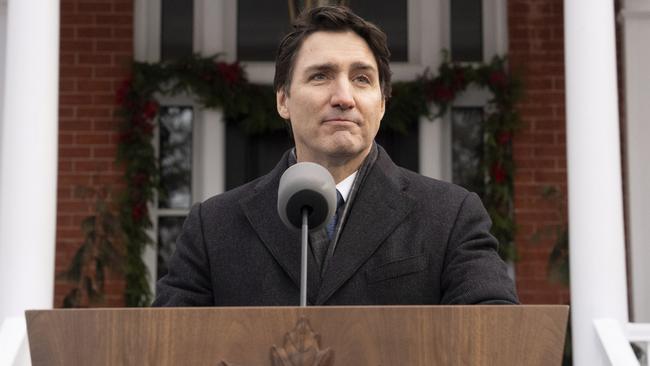
Trump’s rationale for tariffs focuses partly on what he views as inadequate security at the northern border to stem the flow of illegal drugs and migrants.
Canada responded in December with a pledge to spend $900 million to acquire drones, helicopters and surveillance towers, and deploy additional agents along the 8900km border.
Outgoing Canadian Prime Minister Justin Trudeau faces pushback from provincial leaders about how hard to hit the US in a trade row.
The leader of Canada’s most populous province, Ontario, has pushed Trudeau to shut off or limit the supply of energy and electricity to the US.
“You can’t bring a knife to a gunfight,” said Ontario Premier Doug Ford. “We need to target where it will impact Americans the most.”
Mexican officials are similarly frustrated with their inability to negotiate on trade with the Trump administration.
President Claudia Sheinbaum has already delivered a sharp drop in migration numbers, said a Mexican official, along with more drug and lab seizures, and is ready to work with the US.
Mexico’s foreign minister, Juan Ramón de la Fuente, had a call this past week with Secretary of State Marco Rubio that touched on migration and security but didn’t feature much conversation about trade, the official added.
“I think our position has been a good one, to take it calmly and have close communication with the US government,” Sheinbaum said on Friday.
In 2018, Mexico responded to US tariffs on steel and aluminium with tariffs of its own, which targeted US products ranging from steel to pork, cheeses, apples and bourbon, focusing on Republican strongholds.
More recently, Sheinbaum’s government has also announced ambitious plans to substitute Chinese imports and halted big investment projects by Chinese firms to prevent potential disputes with Trump.
For North American industries, any of Trump’s tariffs risk major disruption.
A 25 per cent tariff could grind the auto industry to a halt across the continent, depending on how it is imposed, because vehicles and auto parts cross borders multiple times before a final car is completed – a supply chain made possible by decades of free trade between the nations.
“We don’t have clarity on if each time it crosses the border, would it be tariffed each time?” said Chris Desmond, a principal at PwC who works with large companies on trade. “That’s scary from a multinational corporation perspective.”
-Anthony Harrup contributed to this article.
The Wall Street Journal




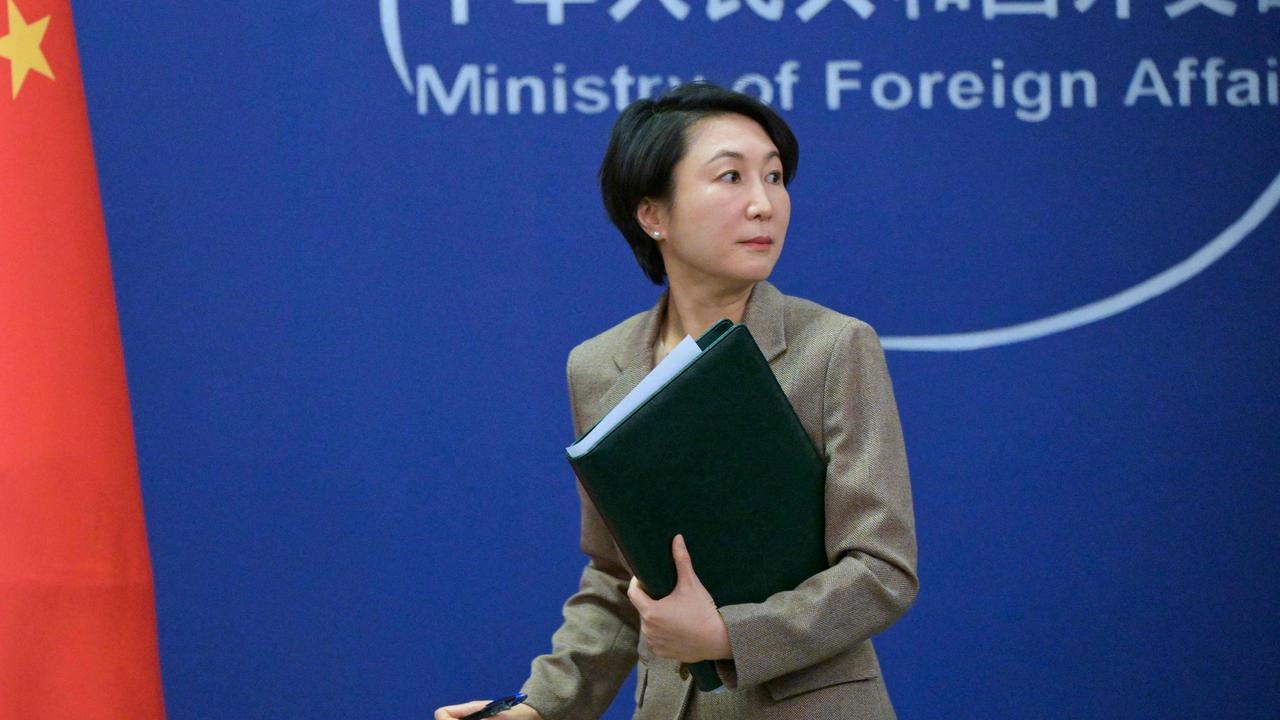
To join the conversation, please log in. Don't have an account? Register
Join the conversation, you are commenting as Logout